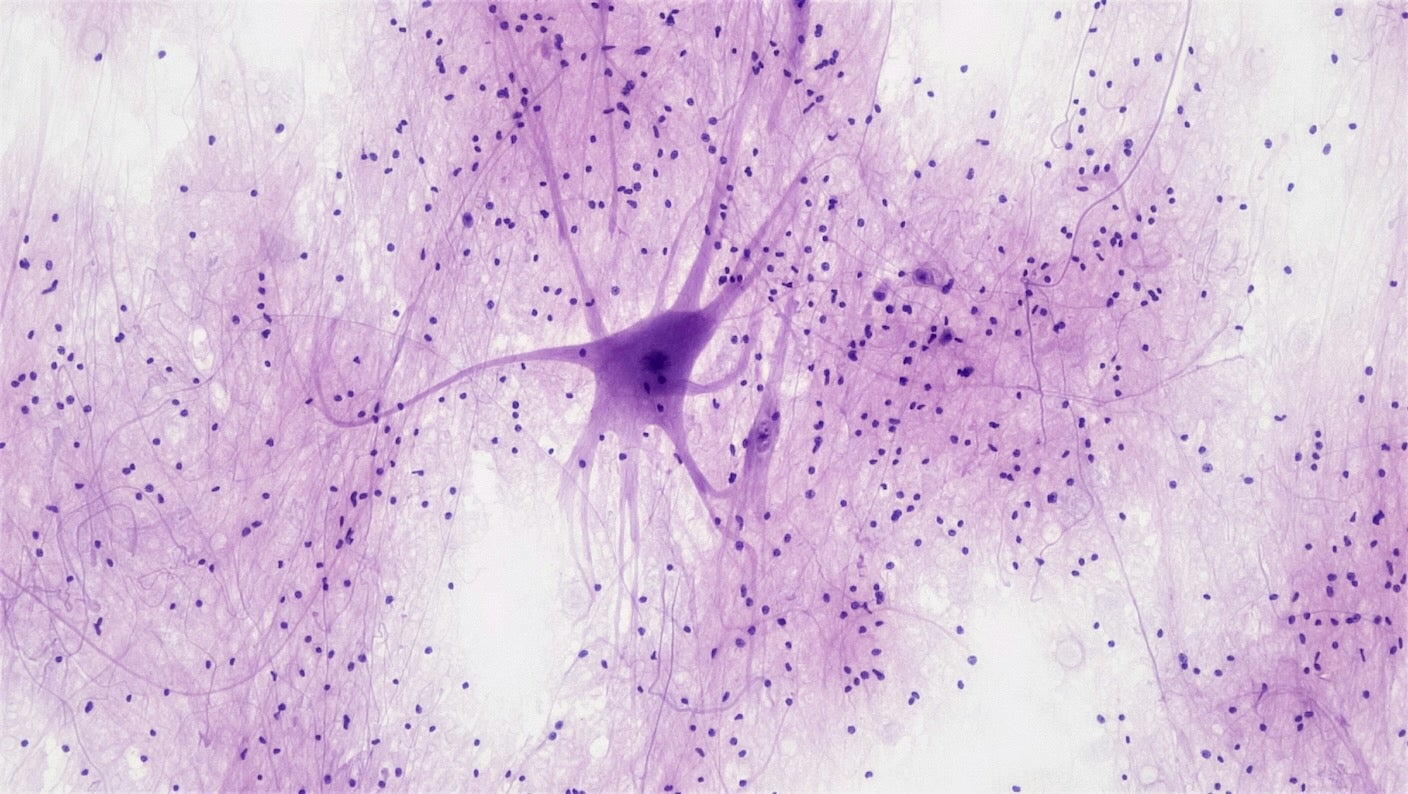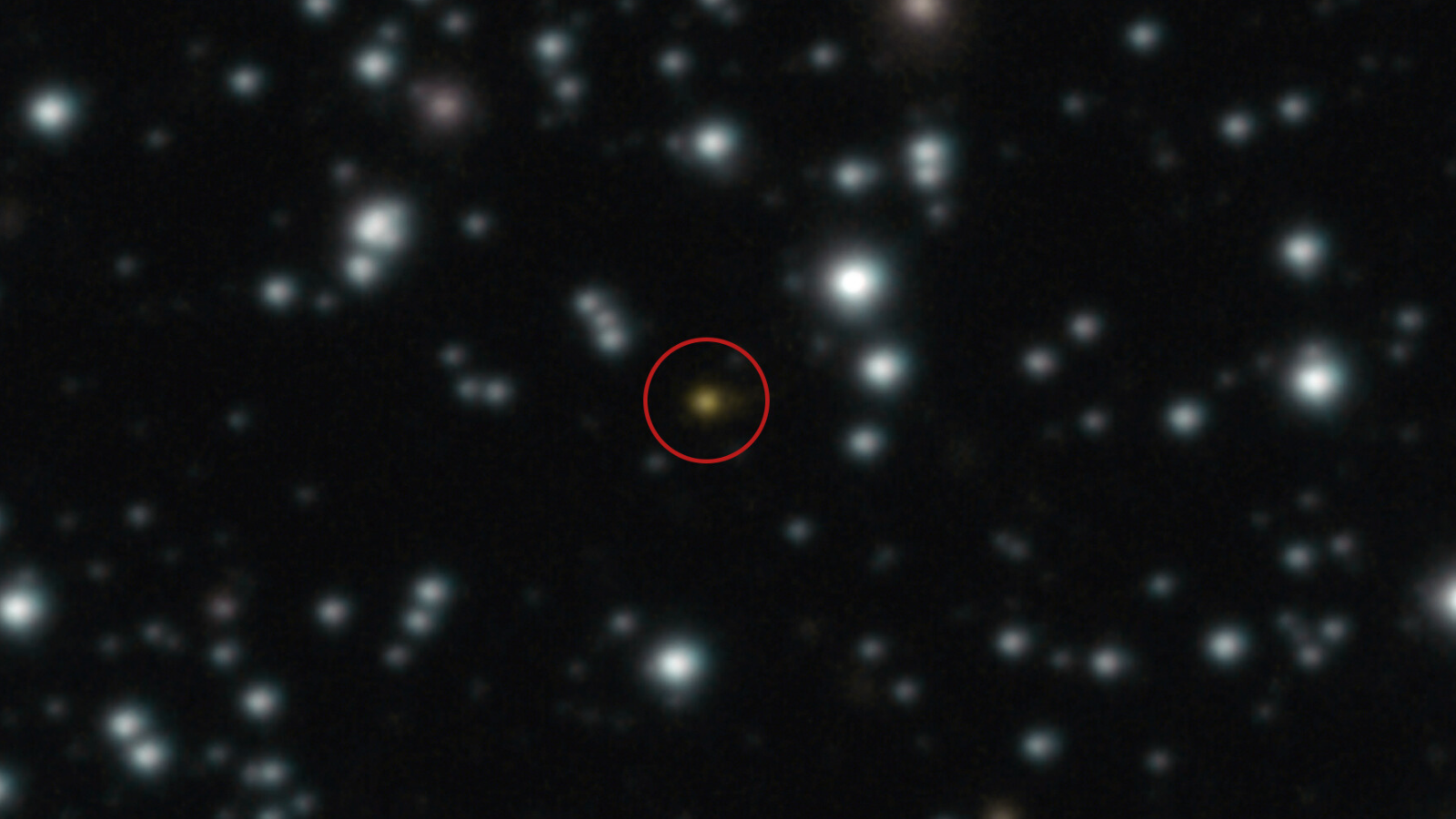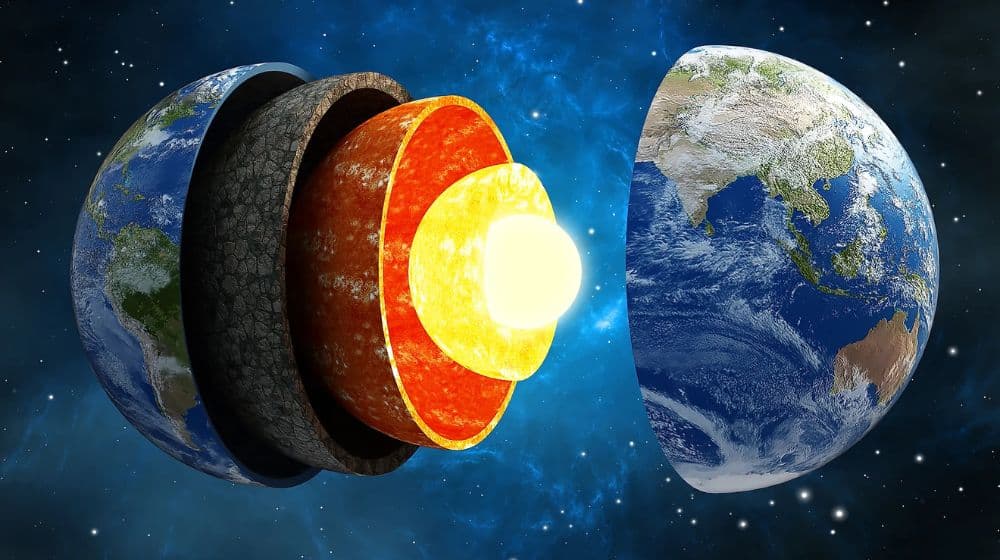Curiosity Rover Captures Image of Potential Mushroom on Mars, Sparking Debate

The Curiosity Rover, which has been exploring the Martian landscape for over a decade, has recently become the center of attention after a peculiar image surfaced, showing what appears to be a mushroom-like object on the Martian surface. This sighting has ignited excitement among alien enthusiasts and conspiracy theorists who believe this could be evidence of extraterrestrial life on the red planet. The photograph in question was actually taken back in 2013 but was only recently rediscovered in NASA's archives by UFO enthusiast Scott Waring.
The image showcases a structure resembling a typical mushroom, complete with a stem and a cap. Waring, who has made a name for himself by analyzing images from space, expressed his disbelief that such a significant find was overlooked by NASA, the very organization tasked with searching for signs of life beyond Earth. He stated, “I’m not sure how or why NASA could overlook such a thing,” emphasizing that it is vital for the agency to utilize the sophisticated equipment onboard the Curiosity Rover to investigate such intriguing anomalies.
Waring further urged NASA to have taken a more hands-on approach with the object, suggesting that they should have poked, bumped, and even cut it open with the rover’s tools. Many members of the public have echoed his sentiments, questioning why NASA has not more aggressively pursued this possible indication of life. Social media is abuzz with speculation, as one user remarked, “Looks like a mushroom to me! NASA knows far more about MARS than they let on.”
Despite the excitement surrounding the image, scientists are largely skeptical about the notion that it represents a form of life. Experts, including Dr. Gareth Dorrian, a planetary physicist from the University of Birmingham, have weighed in, suggesting that what is perceived as a mushroom could simply be two rocks positioned on top of each other. He elaborated that Mars' harsh conditions, including extremely low atmospheric pressure and high levels of radiation, make it nearly impossible for life to survive on the planet’s surface today.
Dr. Dorrian explained that the image might reflect geological formations that date back billions of years when liquid water was abundant on Mars. As time has passed and the Martian environment has changed drastically, these formations could have been altered by wind erosion, leading to the current appearance. He noted that the temperatures on Mars vary dramatically, ranging from a balmy 20°C during the day to a frigid -100°C at night. “No known forms of life can simultaneously tolerate these extremes of temperatures, radiation levels, and low atmospheric pressure,” he stated, reinforcing the scientific consensus against the possibility of life in the form of a mushroom on Mars.



















